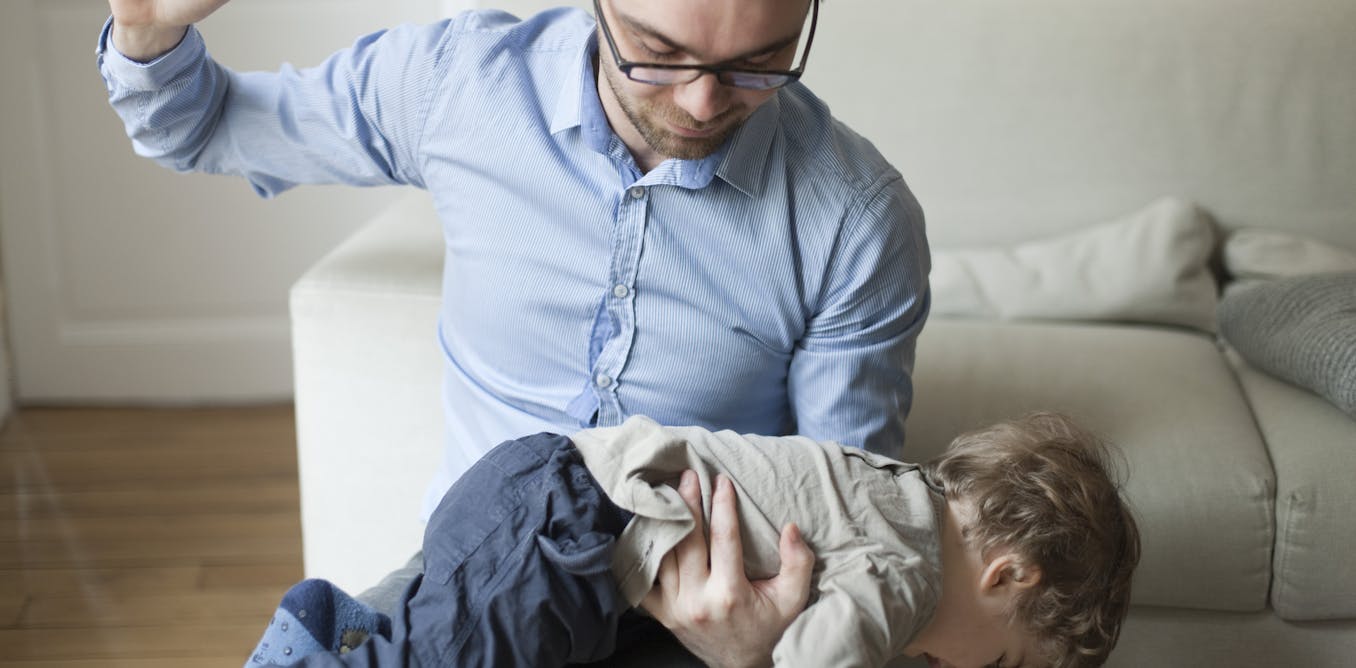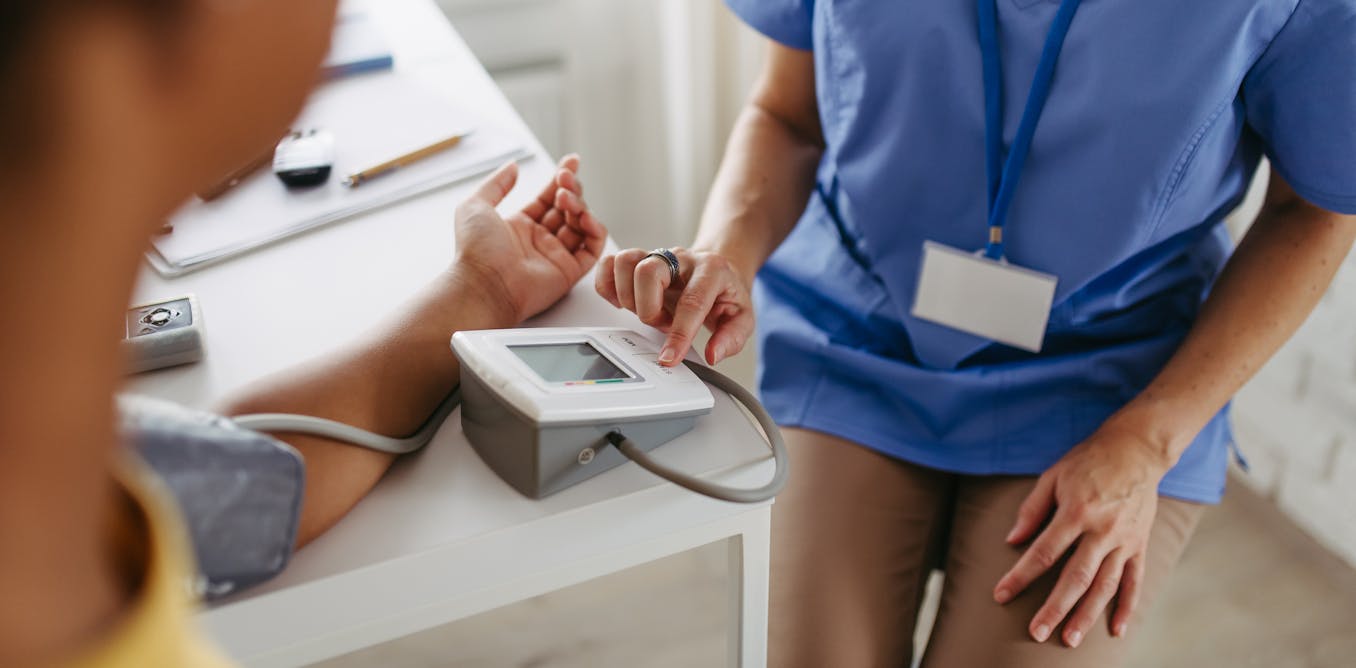HAVING under eye bags is usually harmless, with one of the most common causes being not getting enough sleep.
They can also be a natural part of ageing or pop up during the Winter months, when there’s less exposure to sunlight which can lead to lack of vitamin D and a paler complexion, which can make dark circles more noticeable.
3
Most the time dark circles can be easily treated – getting enough sleep, eating well, using caffeine eye products, prescription creams and cosmetic procedures can all help.
But in some cases, they can be a sign of something more sinister.
GP Dr Ross Perry Medical, Director of Cosmedics skin clinics, told Sun Health: “Dark cycles aren’t usually signs of a medical problem and can be simply down to ageing, fatigue, dehydration, or just simply genetics, most of which are easily treatable and very common.
“However, it can also be a sign of neuroblastoma, which can come with no symptoms, but can also present itself as causing dark circles under the eyes.”
Neuroblastoma is a rare cancer that affects children, mostly under the age of 5 years old. It usually starts in the tummy area.
In adults it’s extremely rare, affecting one in 10 million adults per year.
Dr Perry said: “Adults with nueorblastoma have a significantly worse outcome than children with neuroblastoma, with a 5-year survival rate average of 36.3 per cent.
“However, early diagnosis can help treatment be more effective.”
Neuroblastoma can come with no symptoms, but can also present itself as dark circles under the eyes.
Occasionally, neuroblastoma can be misdiagnosed because the symptoms can easily be passed off as other conditions, warned Dr Perry.
This can also depend on where the tumour is and its size.
Other symptoms of neuroblastoma the doctor said to look out for are:
- Tiredness
- A lump or swollen area in the abdomen
- Bone pain
- Weak limbs
- Bulging eyes
- Droopy eye lids
- Constipation
- Difficulty urinating
If you suddenly develop dark circles under the eyes then it’s worth visiting your GP.
Dr Perry advised: “Most of the times it will be absolutely nothing to worry about and offer a simple explanation.
“However, particularly in children, you need to get this checked immediately as early diagnosis is crucial.”

3
How to treat harmless dark circles
If dark circles under eyes have a less serious cause, such as fatigue, Optical Express recommends the following at-home treatments.
Firstly, get more sleep – the most important thing you can do to improve the appearance of your under eyes is to get enough sleep.
Elevate your head – make sure you have enough pillows in bed so your head is adequately elevated and prevents fluid from building up around your eyes.
Use a cold compress – this can reduce swelling and shrink the blood vessels under the eyes, helping them look less puffy and dark.
Try tea bags – these can make an excellent compress as the caffeine and other antioxidants found in tea help reduce swelling and puffiness around the eyes.
The most common signs of neuroblastoma in children
Symptoms can vary depending on where the child’s neuroblastoma tumour is:
- if the tumour is in the abdomen, your child’s tummy may be swollen and they may complain of constipation or have difficulty passing urine (peeing)
- if the tumour affects the chest area, your child may be breathless and have difficulty swallowing
- if the tumour occurs in the neck, it’s often visible as a lump and occasionally affects breathing and swallowing
- occasionally, there are deposits of neuroblastoma in the skin that appear as small, blue-coloured lumps
- if the tumour is pressing on the spinal cord, children may have weakness in the legs and walk unsteadily – if your child is not yet walking, you may notice reduced leg movements; they may also have constipation or difficulty passing urine (peeing)
- your child may be found to have high blood pressure
- very rarely, children may have jerky eye and muscle movements, and general unsteadiness associated with the neuroblastoma
Source: NHS

3




